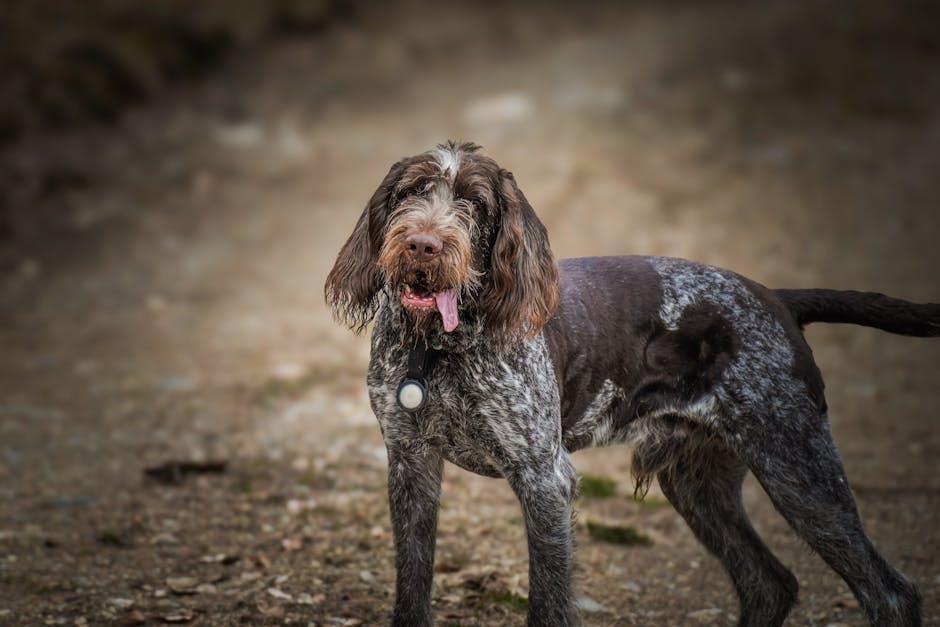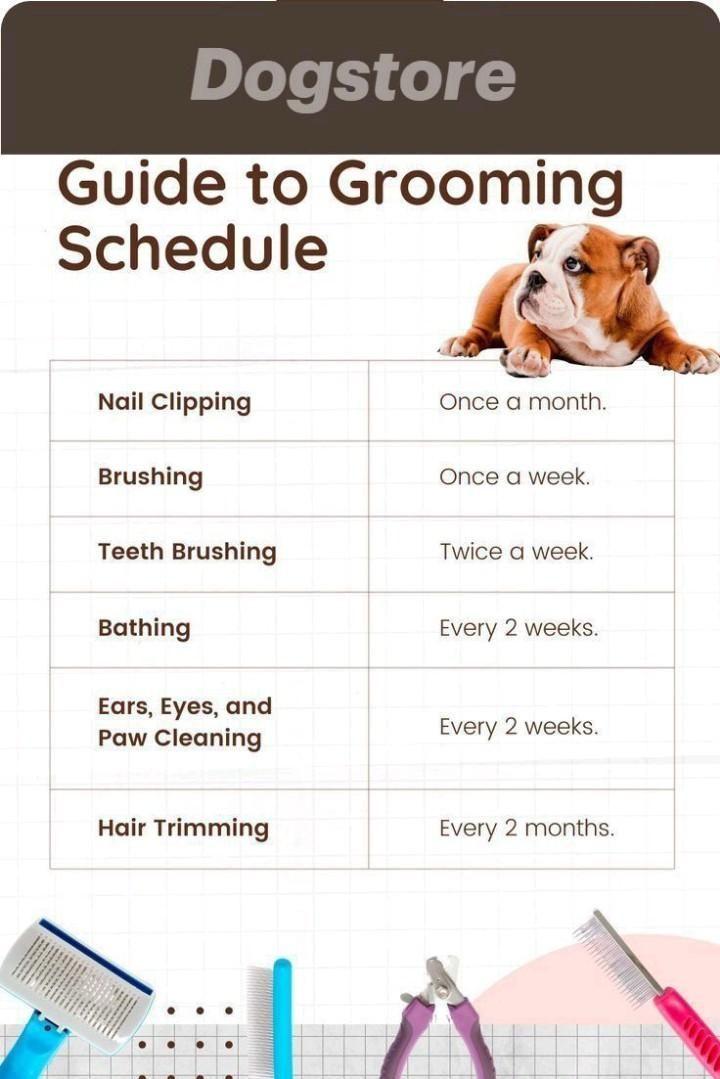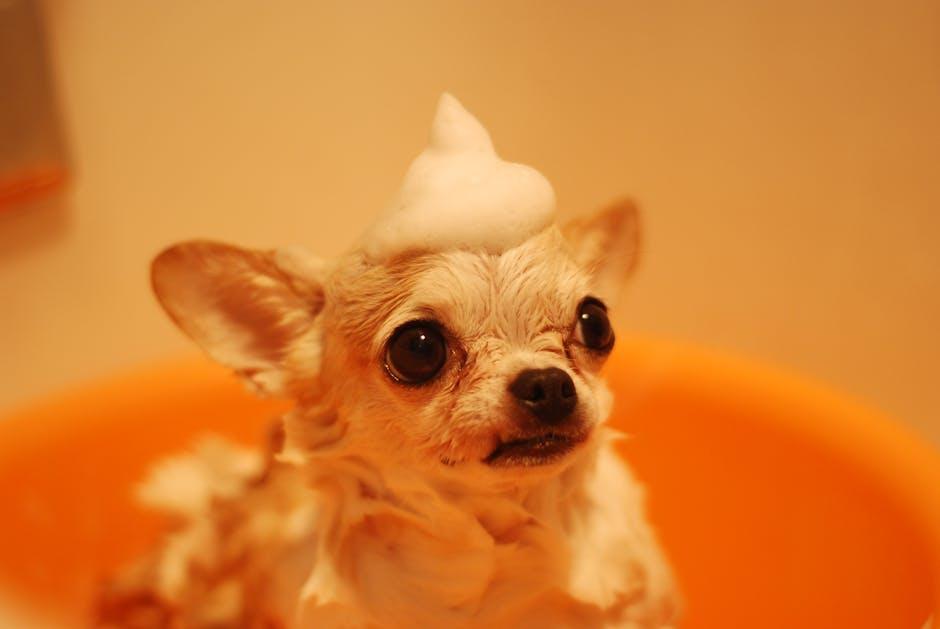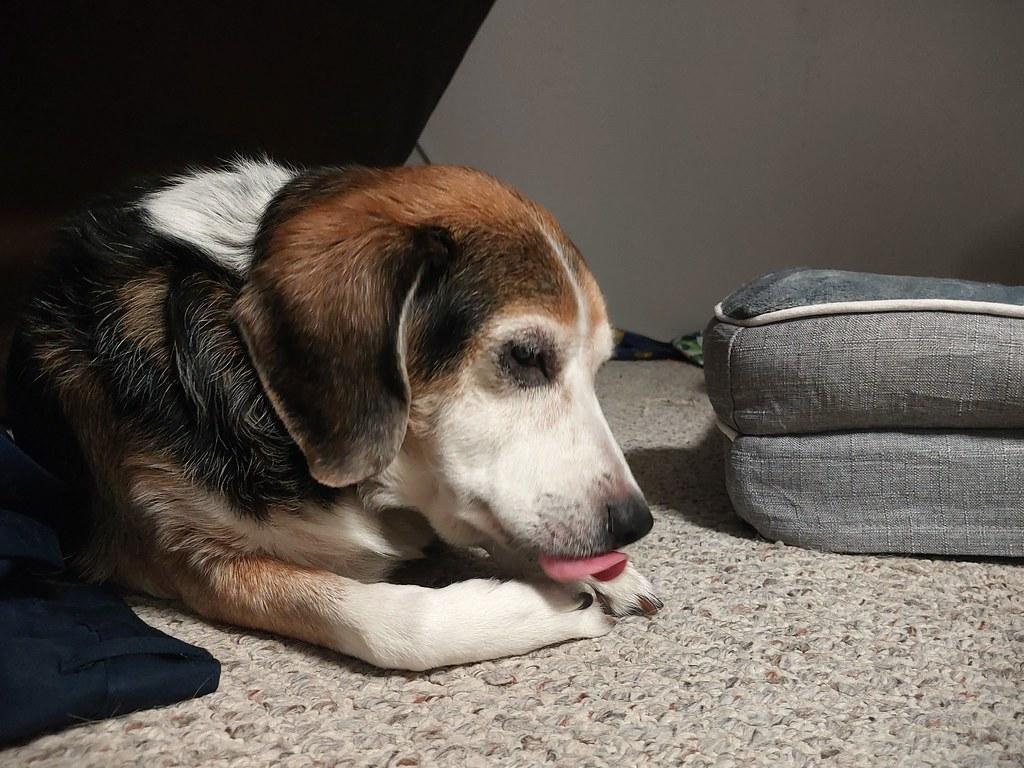Grooming your furry friend is more than just a routine task; it’s an opportunity to bond, show love, and ensure their well-being. Yet, with the array of dog breeds, each with unique coats and grooming needs, it can be challenging to determine how often you should reach for the brush or shampoo. In this guide, we’ll walk you through the essentials of grooming frequency, tailored to various breeds. Whether your pup is a fluffy Pomeranian or a sleek Labrador, understanding their specific grooming requirements will keep them looking and feeling their best. Join us as we explore how to make grooming a joyful and effective part of your pet care routine, ensuring your dog’s health and happiness shine through.
Understanding Your Dogs Coat Type and Grooming Needs
When it comes to keeping your canine companion looking their best, understanding their coat type is essential. Each breed comes with its own set of grooming needs, and recognizing these can make the grooming process more effective and enjoyable for both you and your dog. Here’s a quick guide to help you tailor your grooming routine:
- Short-haired breeds: These dogs typically have low-maintenance grooming needs. A simple weekly brush can help remove loose hair and reduce shedding. Bathing is usually required every 1-2 months, depending on activity levels.
- Long-haired breeds: These luxurious coats require frequent attention. Daily brushing is often necessary to prevent tangles and mats. A monthly bath, followed by thorough drying and brushing, will keep their coat healthy and shiny.
- Curly-haired breeds: Breeds like Poodles or Bichon Frises need regular grooming to prevent their curls from becoming matted. Professional grooming every 4-6 weeks is recommended, alongside weekly home brushing.
- Double-coated breeds: Dogs like Huskies or German Shepherds shed seasonally. During these times, daily brushing helps manage the extra fur. Otherwise, a weekly brush and a bath every 1-3 months suffice.
Being mindful of your dog’s coat type not only enhances their appearance but also supports their overall health and comfort. Regular grooming sessions can also serve as a bonding time, fostering a deeper connection between you and your furry friend.

Tailored Grooming Schedules for Different Breeds
Each dog breed comes with its own set of grooming needs, which is why it’s essential to tailor your grooming schedule to suit your furry friend’s unique requirements. For long-haired breeds like the Afghan Hound or Shih Tzu, regular grooming is crucial to prevent mats and tangles. Aim for a thorough brushing session at least two to three times a week, supplemented by monthly baths to keep their coats sleek and shiny. Short-haired breeds, such as Beagles or Boxers, are generally lower maintenance. A weekly brush to remove loose hair and a bath every couple of months will suffice to keep them looking their best.
- Double-coated breeds (e.g., Siberian Husky, Golden Retriever): Bi-weekly brushing and seasonal de-shedding.
- Curly-coated breeds (e.g., Poodle, Bichon Frise): Weekly brushing and professional grooming every 4-6 weeks.
- Wire-haired breeds (e.g., Wire Fox Terrier, Schnauzer): Regular hand-stripping or trimming every 6-8 weeks.
Understanding the grooming needs of your dog’s breed will not only help maintain their appearance but also promote their overall health and well-being. Tailoring your grooming schedule ensures your beloved pet always looks and feels their best.
Tools and Techniques for Effective Dog Grooming
To ensure your furry friend looks and feels their best, it’s essential to have the right tools and techniques at your disposal. Brushes are a staple in any grooming kit. Depending on your dog’s coat type, you might need a slicker brush for detangling, a bristle brush for smooth coats, or a pin brush for those with long, flowing fur. Clippers and scissors are also crucial, especially for breeds that require regular trimming. A good pair of clippers can make the process smoother and safer for your pet.
In addition to tools, mastering a few techniques can elevate your grooming game. Start by creating a calm environment to keep your dog relaxed. Bathe your dog with lukewarm water and dog-specific shampoo to maintain coat health. Dry thoroughly with a towel or pet-safe dryer to avoid skin issues. Regular nail trimming is also vital to prevent discomfort or injury. Remember, the goal is not just a clean appearance, but a healthy, happy pet.
- Brush Types: Slicker, bristle, pin
- Clippers: Electric, manual
- Bathing: Lukewarm water, dog shampoo
- Nail Care: Regular trimming

Tips for a Stress-Free Grooming Experience
- Start Slowly: Introduce grooming tools to your dog gradually. Allow them to sniff and explore brushes, clippers, or any other equipment. This gentle introduction helps them feel more at ease.
- Create a Calm Environment: Choose a quiet room away from distractions. Playing soft music or using a white noise machine can help create a soothing atmosphere.
- Use Positive Reinforcement: Reward your dog with treats and praise throughout the grooming process. Positive reinforcement encourages good behavior and builds a positive association with grooming.
- Break it Down: If your dog is anxious, break grooming sessions into shorter, manageable tasks. Focus on one area at a time, such as brushing or nail trimming, to prevent overwhelming them.
- Stay Calm: Dogs can sense your energy. Approach grooming with a calm and confident demeanor to reassure your pet.
Remember, patience is key. Every dog is different, and it may take some time for your furry friend to fully embrace grooming. Consistency and kindness will go a long way in ensuring that grooming becomes a stress-free part of your routine.

